Taking Symbian open source
Nokia's purchase of Symbian, and promise to take it open source, means three quarters of the world's smartphones could soon be running free software.
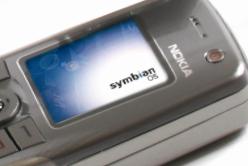
Following Nokia's buy-out of Symbian, three quarters of the world's smartphones will soon be running free software. Assuming we take into account Nokia's figures of 200 million users and (the less likely figure) of 4 million developers, Nokia's purchase of Symbian - and the subsequent open source release of Symbian under the auspices of the non-profit Symbian Foundation - is probably the largest ever donation of software to the free software community.
Symbian, which will now be distributed free, is likely to make large inroads into Microsoft's tenuous 11 per cent share of the smartphone market, as the proprietary option becomes less appealing for reasons of cost and efficiency.
This is an astounding success for the free and open source software community, and is a direct result of the success of Linux and other open source software solutions in the mobile phone market. Linux has gone from nowhere to being the second most popular platform for smartphones. Experts have predicted a bright future for Linux, with ABI Research suggesting that it will appear on more than 200 million phones by 2012. It has been suggested that the driver for Nokia's initiative is the competitive threat provided by the Google-led Android consortium and the The LiMo (Linux Mobile) Foundation, which are both sponsored by a number of prominent telecoms and mobile manufacturers.
Nokia denies that this is so. More significant has been the rapid growth of Linux in the mobile sector. Linux brings many advantages for mobile manufacturers that are not necessarily specific to Linux, but derive from free software licensing and the open source development model. The code is modular and visible, which makes it easier to adapt to specialised hardware. Open sourcing Symbian brings the same advantages, new resources, developers, and collaborative input from other manufacturers.
David Rivas, Nokia vice president for devices research and development, notes that: "The natural evolution of the Symbian platform and the mobile industry has been heading in this direction for quite a while. Its encumbent on all of us in the industry to change with the times, so rather than thinking of this as being a direct response to any particular initiative its really a matter of growing with the times and making the overall platform as competitive as it possibly can be."
The gizmo that rides on top
For some years the drift in the smartphone industry has been towards free software solutions. Unlike the home computing market the OS is transparent and the user interface is fairly limited. Nobody cares which operating system is running behind the interface. Manufacturers of mobile devices operate in a rapidly changing environment with short product life-cycles and shorter time-to-market.
Get the ITPro daily newsletter
Sign up today and you will receive a free copy of our Future Focus 2025 report - the leading guidance on AI, cybersecurity and other IT challenges as per 700+ senior executives
The compelling arguments for manufacturers to deploy Linux on smart phones have been the same as those that apply to HPC and server manufacturers. Pooling knowledge and resources on the technology and feeding back software changes to the community is of mutual advantage to all the players. Sharing the technology improves performance and reduces the overall costs for everybody.
The market is highly competitive, and every new product comes to market with a new range of features. The availability of a memory-efficient modular operating system that is easily adapted to new hardware environments is an invaluable commodity, and the profit margins being what they are, freedom, "as in beer", is hard to compete with. The industry has recognised the advantages of free software for some time, and has dispensed with out-dated reservations. What matters is that the software is cheap and efficient, and gives you a competitive edge over your rivals.
Software at the OS level, and much higher up the stack, is not what distinguishes the product. The product is distinguished by the gizmos that ride on top. The OS affects time-to-market, the cost of hardware and software development, the limits of battery life and memory, and the flexibility and reliability of the product, and this is where Linux and free software have proved themselves.
Gaining an education
Linux, even on a mobile device, is more scalable than many of the systems with which it is in close competition. This is because of the modular and scalable pattern that has dominated Linux development since the beginning. With a bit of tweaking here and there you can run it on any device, and if doesn't quite work, you can strip it down, and pick at the code and find out why. Development is therefore much faster, and support can be found from an expanding ecosystem of developers and companies who specialise in producing hardened versions of Linux for mobile devices.
-
 Google faces 'first of its kind' class action for search ads overcharging in UK
Google faces 'first of its kind' class action for search ads overcharging in UKNews Google faces a "first of its kind" £5 billion lawsuit in the UK over accusations it has a monopoly in digital advertising that allows it to overcharge customers.
By Nicole Kobie
-
 Neural interfaces promise to make all tech accessible – it’s not that simple
Neural interfaces promise to make all tech accessible – it’s not that simpleColumn Better consideration of ethics and practical implementation are needed if disabled people are to benefit from neural interfaces
By John Loeppky
-
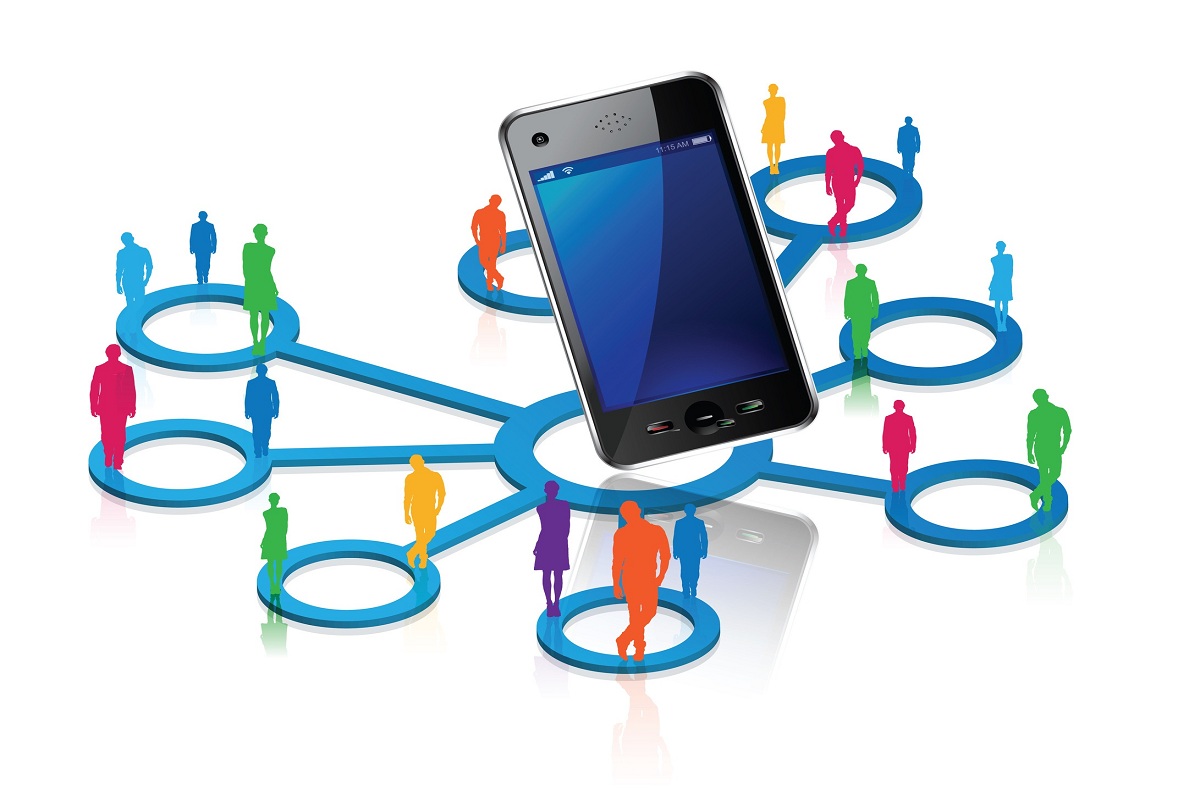 Smartphones sales outpace feature phones in Q2
Smartphones sales outpace feature phones in Q2News Microsoft also overtakes BlackBerry to take third place.
By Rene Millman
-
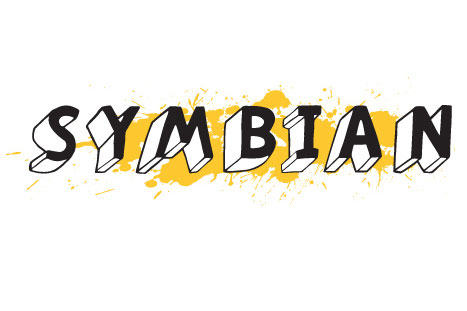 Nokia bids final farewell to Symbian
Nokia bids final farewell to SymbianNews Finnish phone manufacturer pulls plug on smartphone OS after 16 years.
By Jane McCallion
-
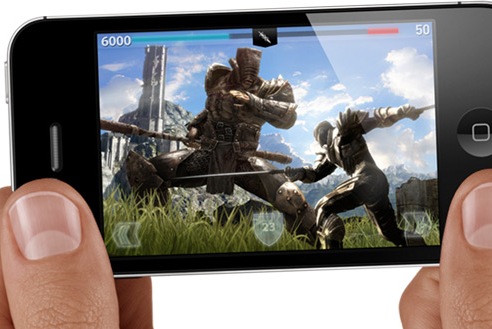 Apple on top in smartphone wars
Apple on top in smartphone warsNews The iPhone maker led the pack in 2011, thanks to record sales of its mobile device.
By Tom Brewster
-
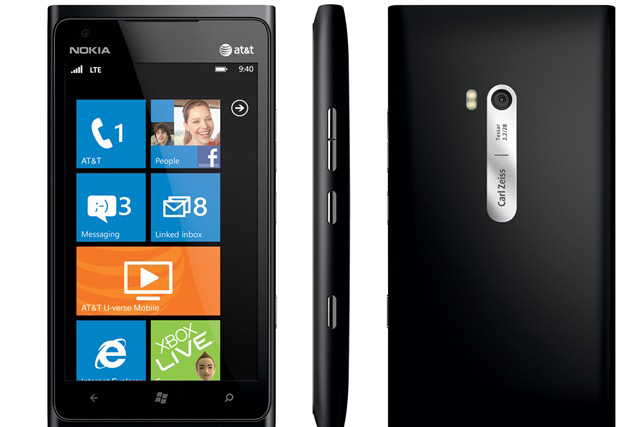 Nokia suffers weak Q4 despite Lumia success
Nokia suffers weak Q4 despite Lumia successNews Nokia is still struggling to get some good numbers out, even though its Lumia range is performing well.
By Tom Brewster
-
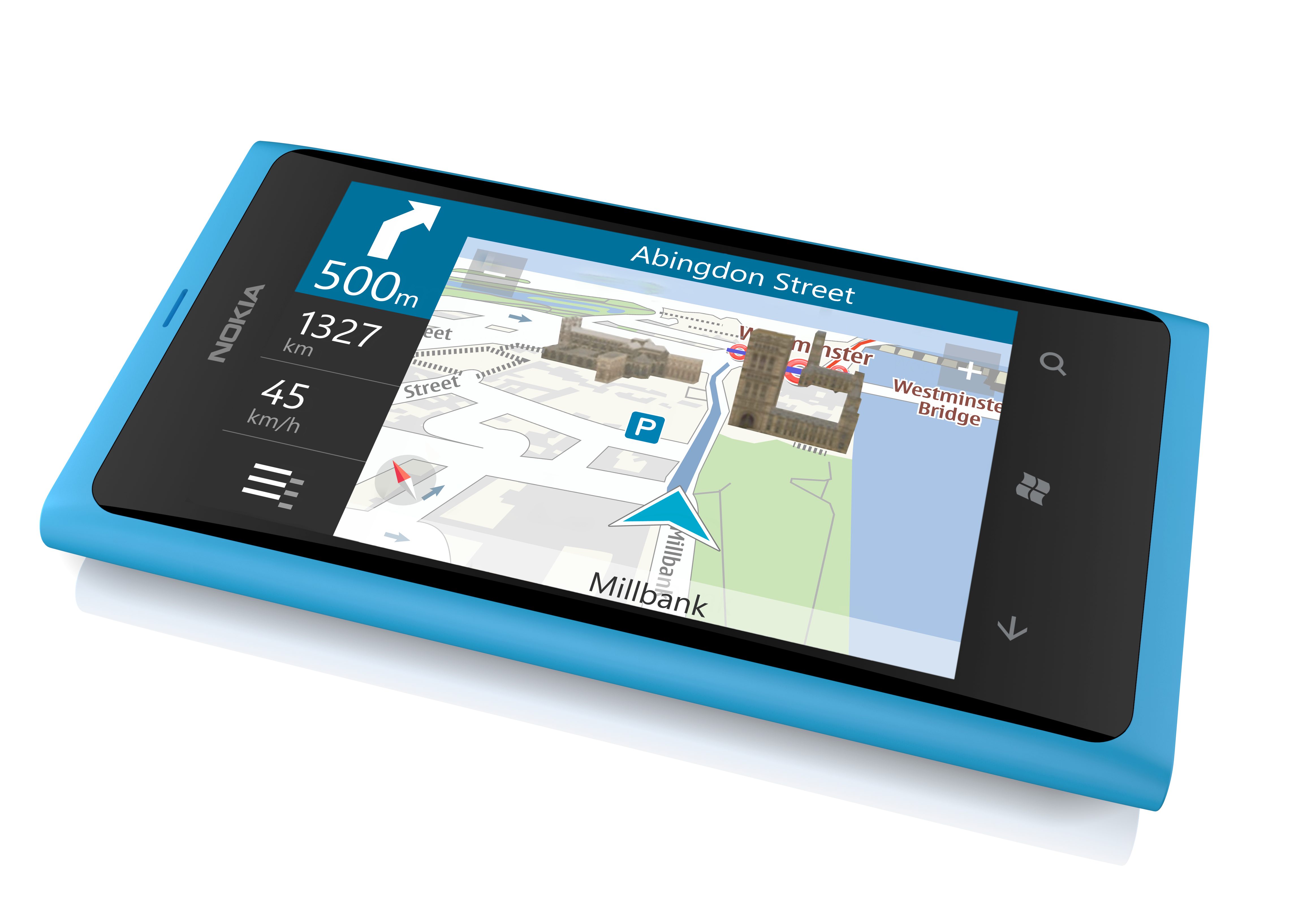 Nokia and Microsoft: not yet doing the business
Nokia and Microsoft: not yet doing the businessIn-depth Inside the enterprise: Nokia has unveiled its much-anticipated Windows phone. But the focus seems to be on consumers.
By Stephen Pritchard
-
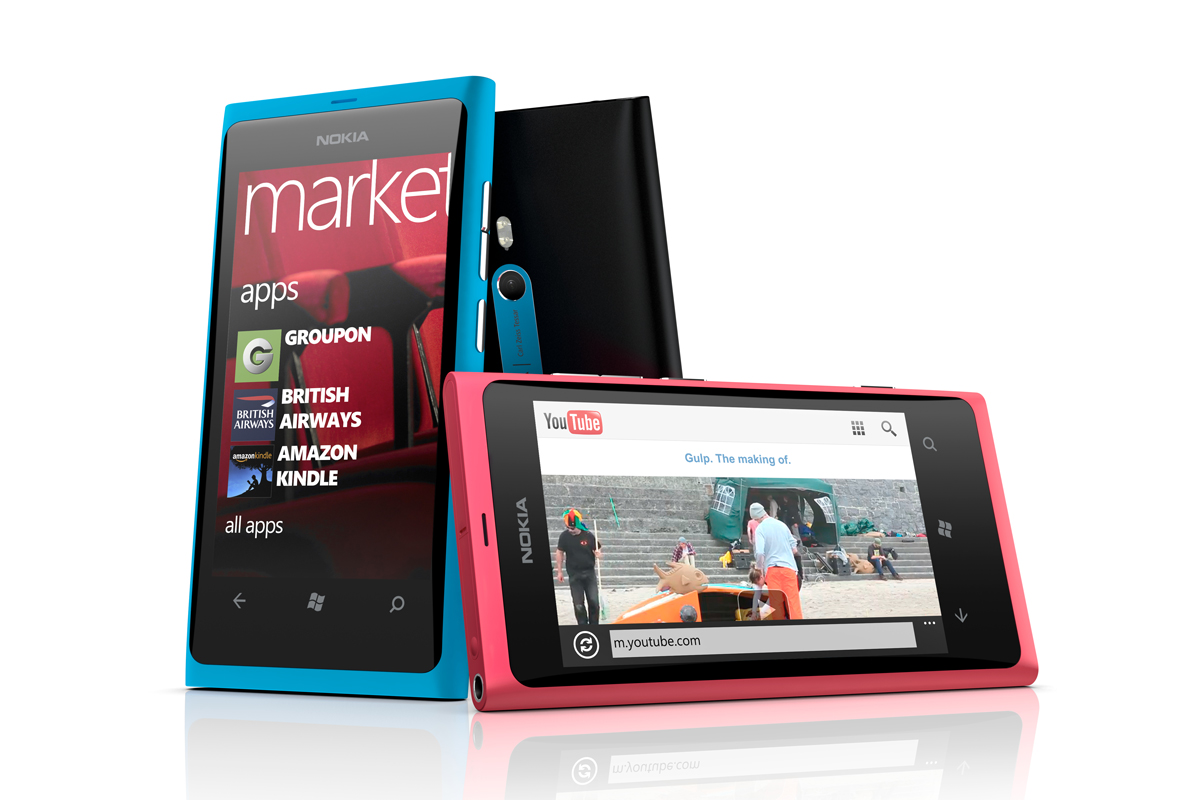 Nokia launches Windows Phone 7 handsets, but US and China miss out
Nokia launches Windows Phone 7 handsets, but US and China miss outNews The long-awaited Nokia Windows Phone 7 handsets are out, but the Finnish giant is sitting out the lucrative American and Chinese markets this Christmas.
By Alan Lu
-
Symbian-based smartphones
Reviews Smartphones can be as vital to conducting business as your laptop, so choosing the right one to work with is essential. IT PRO compares and tests five of the latest Symbian-based devices.
By Ewan Spence
-
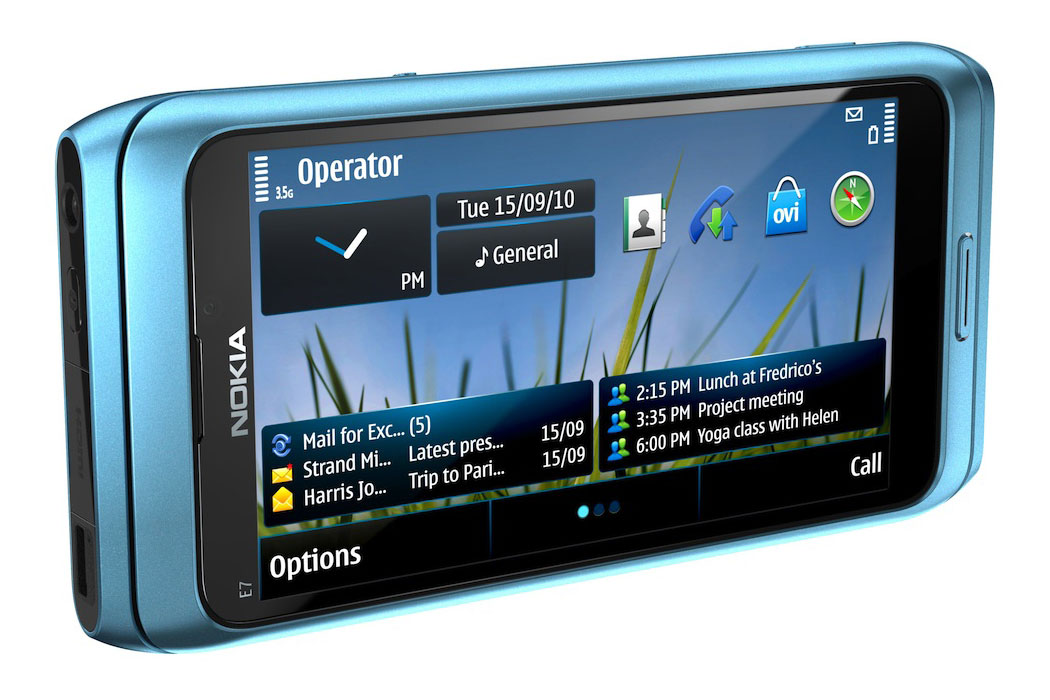 Nokia E7 review
Nokia E7 reviewReviews Nokia's last gasp Symbian smartphone, the E7, is here. Does it go out in a blaze of glory or is it a damp squib? Julian Prokaza finds out in our review.
By Julian Prokaza